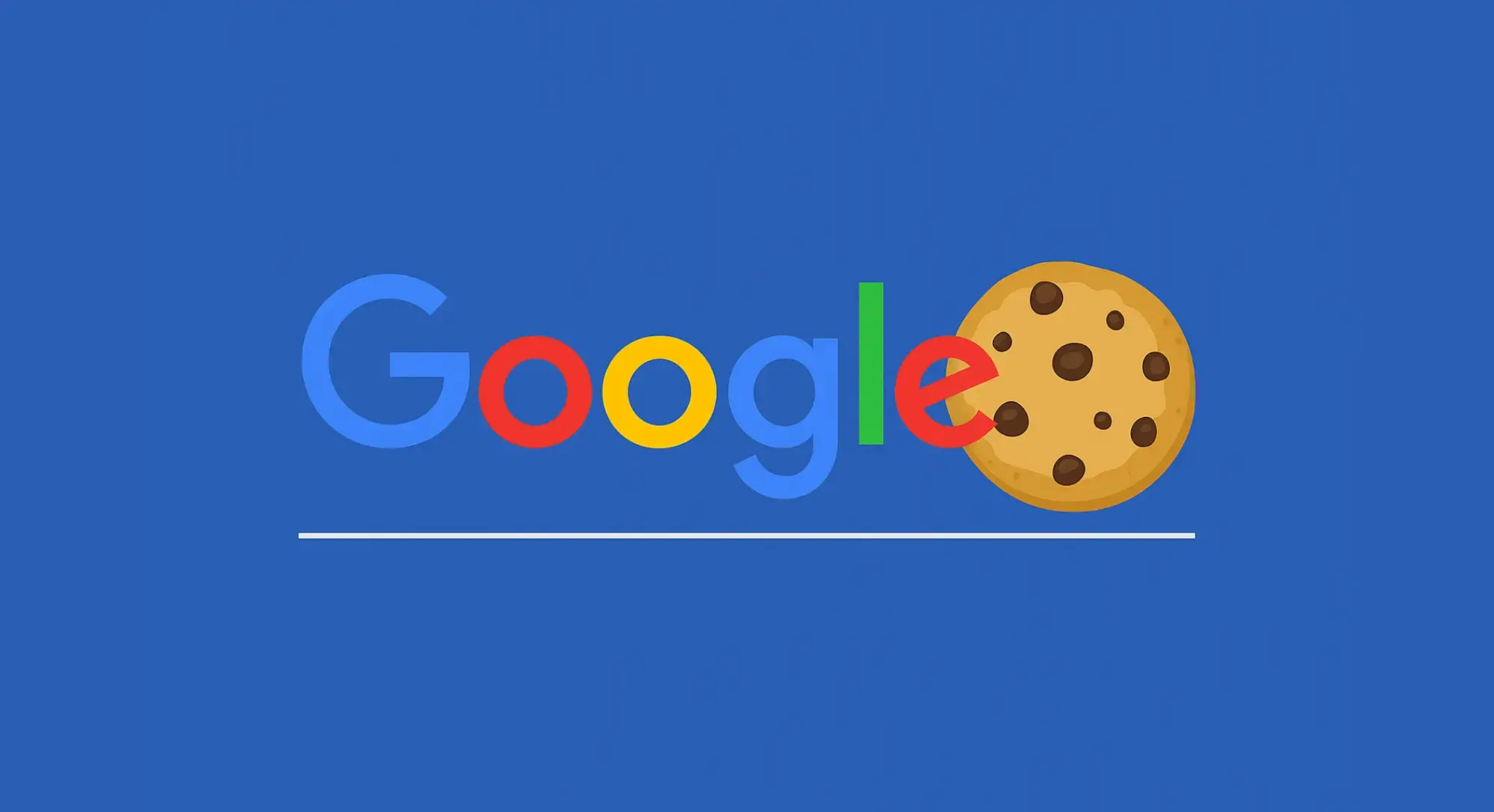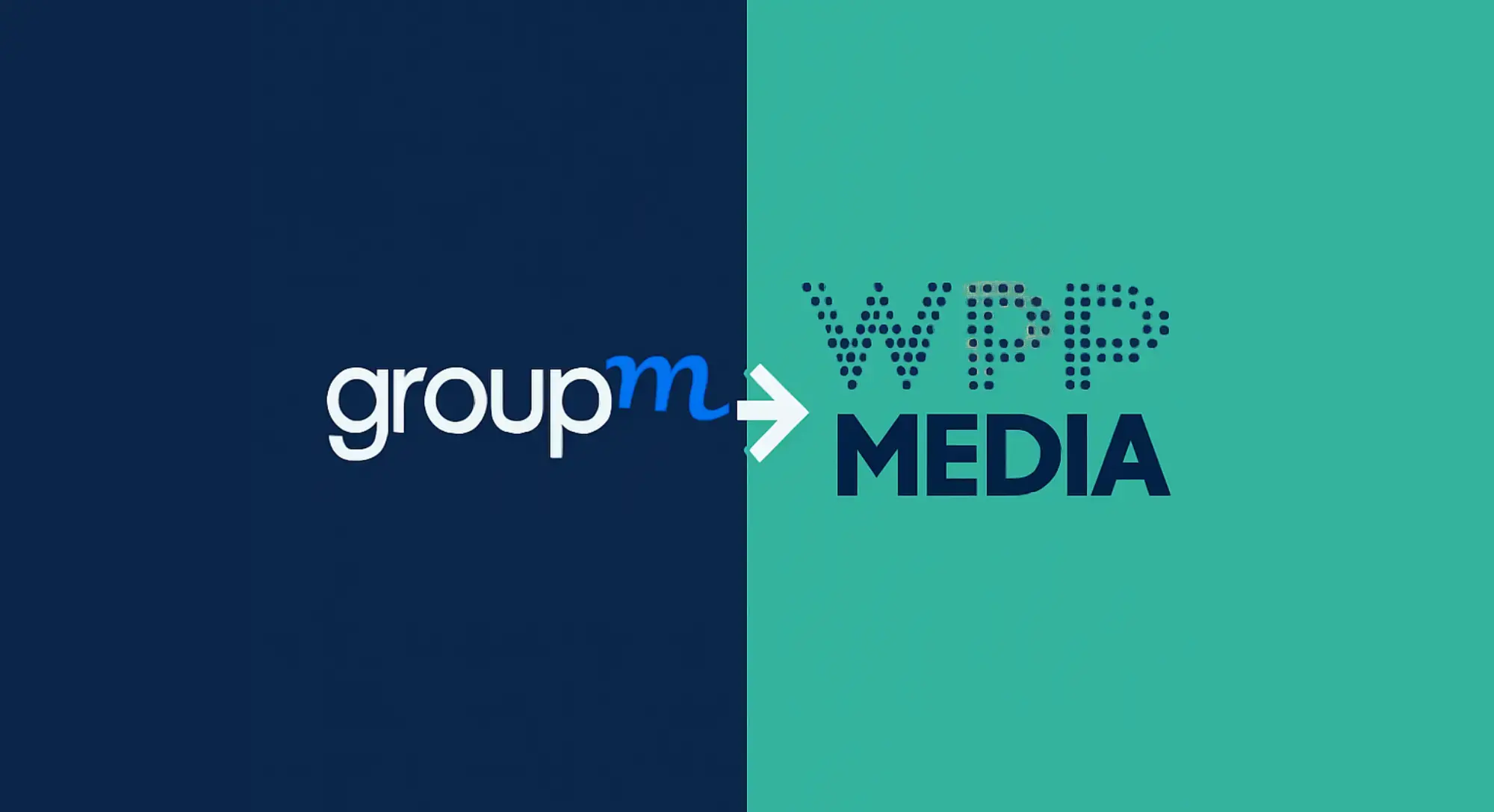Google said cookies were doomed. Now, they are not going anywhere...
On April 22th 2025, Google officially announced that it will keep third-party cookies in Chrome.
After five years of promises, delays, and endless debate, this decision has stunned the digital advertising world and raised new questions about what comes next for marketers, publishers, and ad tech companies.
For many advertisers, this news brings short-term relief. Cookie-based targeting will continue, and the pressure to overhaul marketing strategies overnight has eased.
But make no mistake. Privacy expectations from consumers are only getting stronger, regulators are still circling, and competitors like Safari and Firefox have already moved on from third-party cookies.
In this article, we break down what Google’s U-turn really means for advertisers and why smart brands should use this time to future-proof their data strategies instead of falling back into old habits.
A Quick Timeline: How We Got Here
JANUARY 2020:
-
Google first announced it would eliminate third-party cookies from Chrome within two years. The move was framed as part of its Privacy Sandbox initiative, aimed at balancing user privacy with the needs of advertisers and publishers.
2021 to 2023:
-
The timeline for phasing out cookies kept slipping. Industry feedback revealed deep concerns about Google’s proposed alternatives, such as the Topics API and FLEDGE, which failed to match the scale and targeting precision of third-party cookies. Regulatory scrutiny, especially from the UK’s Competition and Markets Authority (CMA), intensified.
JULY 2024:
-
Google softened its stance. It announced plans to introduce a new “user choice prompt” in Chrome, allowing users to manage third-party cookie preferences, rather than removing cookies outright. This was seen as a compromise between privacy and advertising interests.
APRIL 2025:
-
Google officially abandoned the opt-out prompt plan. In a blog post by Anthony Chavez, VP of Privacy Sandbox, the company confirmed it would maintain the current cookie system indefinitely. Chrome users would continue managing cookies via existing privacy settings, with no new restrictions introduced.
Why Google Changed Its Mind
Several forces pushed Google to abandon its plan to eliminate third-party cookies:
1. Relentless Industry Pushback:
- Major advertisers, publishers, and ad tech companies made it clear: Google’s proposed Privacy Sandbox solutions were not good enough.
- The replacements could not match third-party cookies for scale, precision, or real-time data activation. Many feared it would hurt revenues, weaken targeting, and increase dependency on Google’s own ad products.
2. Regulatory Pressure:
- Google faced intense regulatory scrutiny, especially from the UK’s Competition and Markets Authority (CMA).
- The CMA raised concerns that removing cookies could harm competition by giving Google even more control over digital advertising. Rather than solving privacy concerns, Google’s replacements risked creating a new monopoly.
3. Technical Failures of Privacy Sandbox:
- Despite years of development, key elements of Privacy Sandbox failed to gain industry trust.
- Technical challenges around attribution, latency, video support, and scalability made adoption impractical for many stakeholders.
- Real-world experiments by ad tech players showed that Sandbox solutions could not easily replicate the existing cookie-based ecosystem.
4. Google Wanting to Protect Its Own Ad Business:
- Google’s ad empire relies heavily on audience targeting and measurement.
- A rushed move away from cookies risked weakening Google’s core business during a time when it is already under antitrust investigations in both the United States and Europe.
- Sticking with cookies helps maintain stability in a $600 billion digital ad industry that Google dominates.
What This Means for Advertisers Right Now
Google’s decision to keep third-party cookies creates a temporary sense of stability. But advertisers should not be fooled into thinking they are safe. Here is the real impact:
1. You Have More Time - But Less Certainty
- Cookie-based targeting, measurement, and attribution will continue to work in Chrome for now.This offers breathing room for advertisers who rely on traditional programmatic buying.
- However, the broader shift toward a privacy-first web is not going away. Other browsers like Safari and Firefox still block third-party cookies by default. Regulatory pressure is only increasing.
- Advertisers who pause their future-proofing efforts now will find themselves exposed later.
2. Fragmentation is the New Normal
- Marketers must navigate a mixed environment where cookie policies vary across browsers and regions.
- What works in Chrome today may not work elsewhere.
- Building a unified audience view will become harder if strategies are overly dependent on third-party cookies.
3. Consumer Expectations Are Rising
- Consumers are becoming more aware of how their data is used.
- Even without technical restrictions, brands that fail to prioritise transparency and consent risk losing trust.
- Long-term brand value will increasingly depend on responsible data practices, not just technical workarounds.
What This Also Means for Agencies
Agencies find themselves in a complicated position after Google’s U-turn. Many have spent years helping clients prepare for a cookie-less future. Now, they must rethink how to balance immediate needs with longer-term strategy. Here is the impact for agencies today:
1. Cookie-Based Campaigns Will Continue to Dominate:
- Clients will expect agencies to keep delivering strong performance through cookie-based targeting, measurement, and optimisation.
- Agencies must double down on tactical excellence in the short term, especially across Chrome inventory.
2. Long-Term Strategy Conversations Just Got Harder:
- Many brands were preparing to invest in first-party data, identity solutions, and new measurement models.
- After Google’s announcement, some clients may now question whether those investments are still necessary.
- Agencies must be ready to reframe the conversation, making it clear that privacy pressures and ecosystem changes will continue — with or without Google’s immediate action.
3. The Best Agencies Will Help Clients Stay Future-Ready:
- The best agencies will not let clients fall into complacency.
- They will use this window to strengthen data strategies, explore alternative targeting models (like contextual advertising), and build resilience against future shocks.
- The agencies that can navigate both today’s cookie-driven reality and tomorrow’s privacy-first future will earn greater trust and loyalty.
Conclusion and Recommended Next Steps
Google’s decision to keep third-party cookies in Chrome gives the advertising industry a temporary reprieve. But it is a mistake to treat this as a return to business as usual.
The broader forces reshaping digital marketing (rising consumer expectations, stricter privacy regulations, and increasing browser fragmentation) are not going away.
Advertisers and agencies who fall back into old habits risk being caught unprepared when the next major shift comes.
Those who stay focused on building stronger, more resilient strategies will gain a lasting advantage.
Here is what we recommend:
1. Double Down on FIrst-Party Data: Continue investing in building direct relationships with your customers. Strengthen your CRM systems, loyalty programs, and data collection practices to reduce reliance on third-party cookies.
2. Future-Proof Your Targeting Strategies: Expand your use of contextual targeting, publisher first-party audiences, and identity solutions that respect privacy. The ability to activate campaigns across a fragmented ecosystem will become a key competitive advantage.
3. Maintain Pressure on Privacy Compliance: Even with cookies still in play, privacy regulations are tightening globally. Ensure your data collection, consent management, and transparency practices are fully up to standard.
4. Build Internal Resilience: Train your teams to navigate a mixed environment where different browsers and platforms follow different rules. Avoid overcommitting to cookie-based tactics that could vanish with little warning.
5. Stay Agile and Proactive: View this moment as a window of opportunity, not an endpoint. Brands and agencies that stay agile, test new approaches, and plan for multiple future scenarios will be best positioned to thrive no matter what comes next.
Please remember - even though the phase-out of third-party cookies has been delayed (again), now isn’t the time to hit pause.
Smart marketers are using this extra time to get ahead by exploring approaches that don’t rely on personal data.
For example, Contextual Targeting remains a strong option. It’s privacy-friendly and places ads where people are already engaged.
In fact, 70% of consumers are more receptive to ads based on placement, and 74% respond better when the content fits.
First-party data will continue to be essential, especially when working with publishers or platforms that have direct audience relationships.
And as expectations around privacy grow, clean rooms are becoming more useful - helping brands collaborate on audience insights and get a clearer view of performance, without compromising user data.
Even with cookies sticking around a bit longer, the direction of travel is clear - and the time to adapt is now.
If you’re ready to move beyond short-term comfort and future-proof your media strategy in a post-cookie world, get in touch with us today.
Together, we can help you turn this moment of uncertainty into a competitive advantage and build a strategy that thrives, no matter what comes next.
Additional resources related to this topic:
- Digiday: Google Chrome will now continue to use third-party cookies
- Marketing Week: What next for marketers as Google ditches opt-out for third-party cookies
- Mashable: Google Chrome won’t phase out third-party cookies after all
- Wall Street Journal: Google Is Keeping Cookies in Chrome After All
--------------------------------------------------------------------------------
About the Author
 Philippe Dominois, co-founder and CEO of Abintus Consulting and Head Coach at the Abintus Academy, brings over 25 years of global media expertise to the table. With a wealth of experience from his tenure at leading media agencies such as Wavemaker, Starcom, and Carat, as well as more than a decade at Ebiquity, Philippe has established himself as a thought leader in the industry. He has authored hundreds of articles focusing on media management best practices, sharing his insights and knowledge with the wider media community.
Philippe Dominois, co-founder and CEO of Abintus Consulting and Head Coach at the Abintus Academy, brings over 25 years of global media expertise to the table. With a wealth of experience from his tenure at leading media agencies such as Wavemaker, Starcom, and Carat, as well as more than a decade at Ebiquity, Philippe has established himself as a thought leader in the industry. He has authored hundreds of articles focusing on media management best practices, sharing his insights and knowledge with the wider media community.
Media Auditing Services: Click Here
Agency Pitch Management Guide: Click Here
Free Agency Contract Assessment: Click Here
Free Media Training for Advertisers: Click Here



